Novak Djokovic did his bit. We had not even got as far as thinking about having a cup of tea – we Brits do like to break up the time between lunch and dinner with a cup of Darjeeling and a little smackerel of something – when the world No.1 was safely settled into the semi-finals waiting for his old pals to join him.
Not so much as a scratch on the Big Three’s armour
Novak Djokovic displayed a flawless game against David Goffin. Just like Rafael Nadal and Roger Federer.
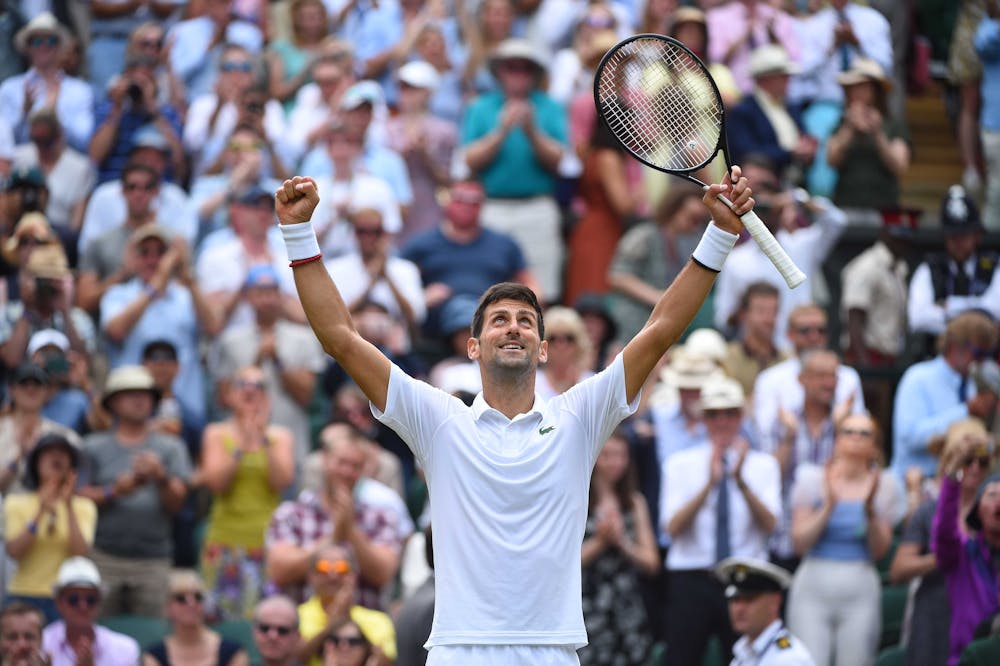
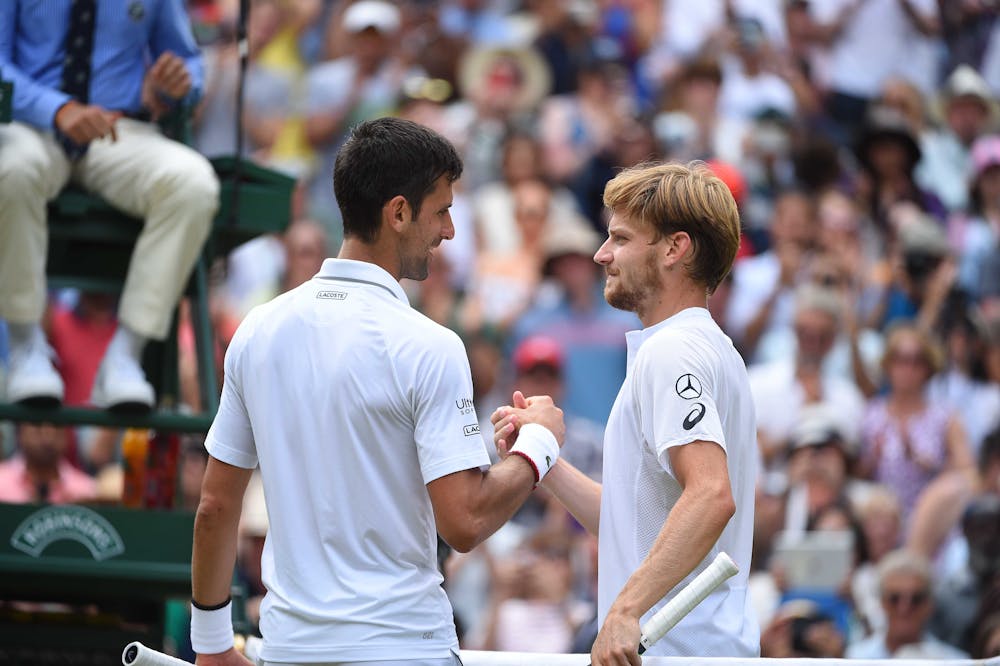
He had just sploshed David Goffin 6-4, 6-0, 6-2 in a little under two hours. Save for the first seven and a bit games, a purple patch for Goffin, Djokovic was in complete control. As everyone thought he would be.
No chance on Manic Monday
Oh yes, there had been hope and expectation at the start of the tournament. Who of the young superstars bustling just below the Big Three would make their mark? Who could push one of the big boys off their pedestal and signal the arrival of the Next Gen?
As it turned out, the only question that mattered was which one of the young lads would be first to the check-in queue on their way home. All but one of them were dismissed before the first week was over.
The last remaining “promising young”, France’s very own Ugo Humbert, had the misfortune to run into Djokovic on Manic Monday. That did not end well. Not if you were French.
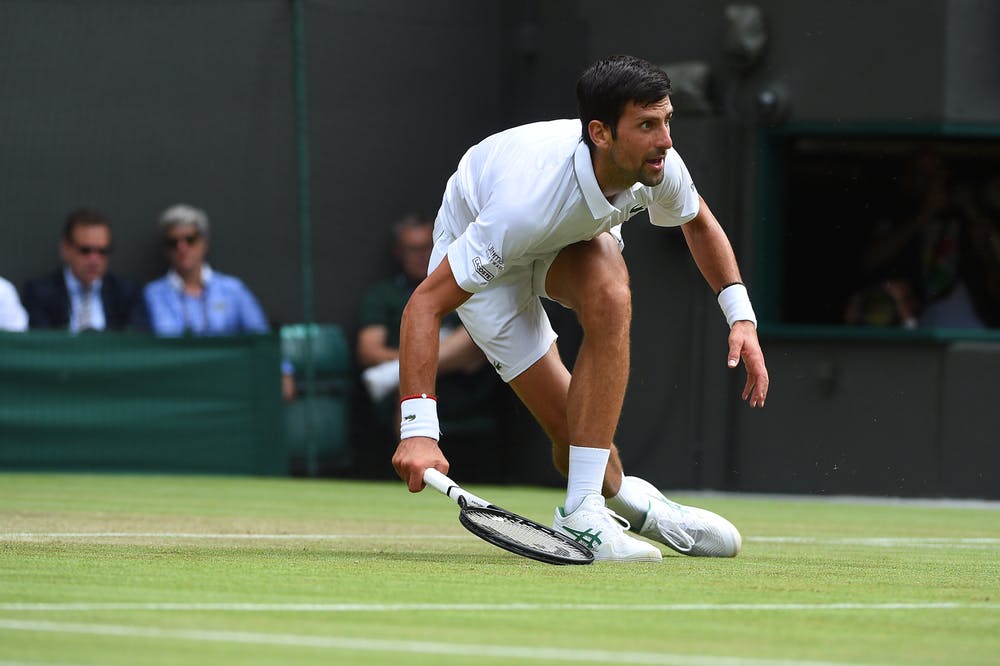
No longer like a choir boy
Of the eight quarter-finalists, Goffin was the youngest at 28 and even he was looking old (although everything is relative).
When he made his breakthrough in 2012, ploughing through the qualifying competition and on to the fourth round at Roland Garros, Goffin was 21 years old but he looked about 12.
He eventually lost to Roger Federer, his idol growing up (he rather charmingly admitted to having posters of the Fed Meister on his bedroom wall as a boy) and now here he was, seven years later, still trying to make a dent in the armour of one of the Big Three. And now here he was, leaving without leaving so much as a scratch on that armour.
The only difference these days is that Goffin no longer looks like a choir boy. Now he actually looks like the 28-year-old man he is.
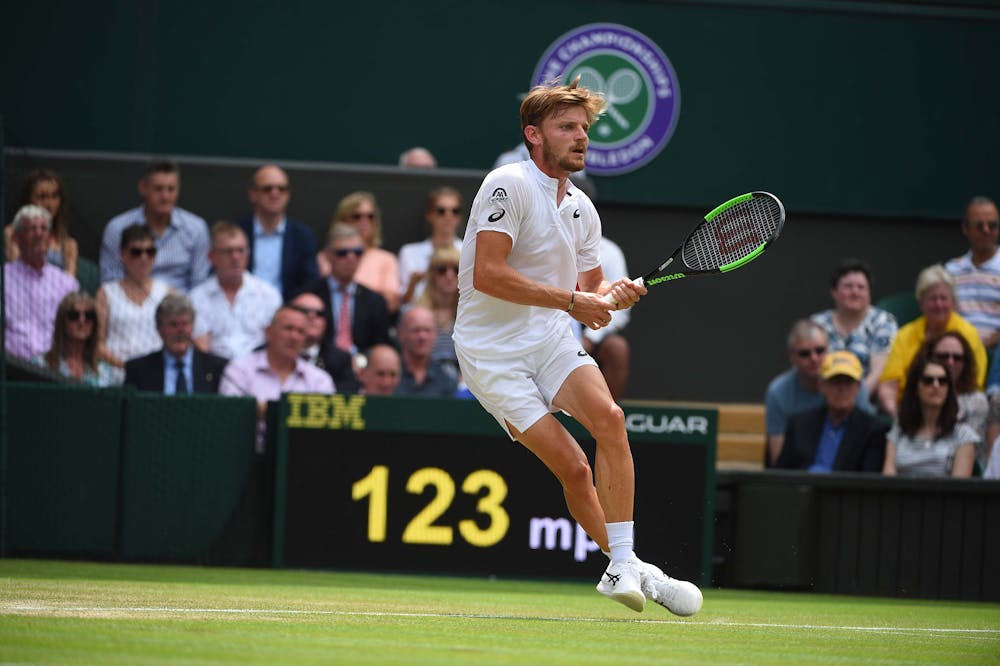
Pursuit of perfection
He played very well at first, nipping about like whippet on springs, and was leading with a break of serve at 4-3, 30-0. That was when Djokovic took over and, winning the next 10 games, crushed the spirit of the Belgian. He had done it so many times before to so many different players that manner of the Serb’s victory simply seemed routine.
Looking at the line-up for the quarter-finals, there was no sense of excitement or intrigue: the Big Three in the last Big Four matches. Again. All we wondered was who between Guido Pella and Roberto Bautista Agut would make up the foursome for the semis (it turned out to be Bautista Agut).
It is not that we did not want to watch Messrs Djokovic, Federer and Nadal, it is just that we sort of knew what the end result would be, barring injury, illness or act of God.
It has been that way for as long as anyone can remember. The top boys are utterly relentless in their pursuit of perfection.
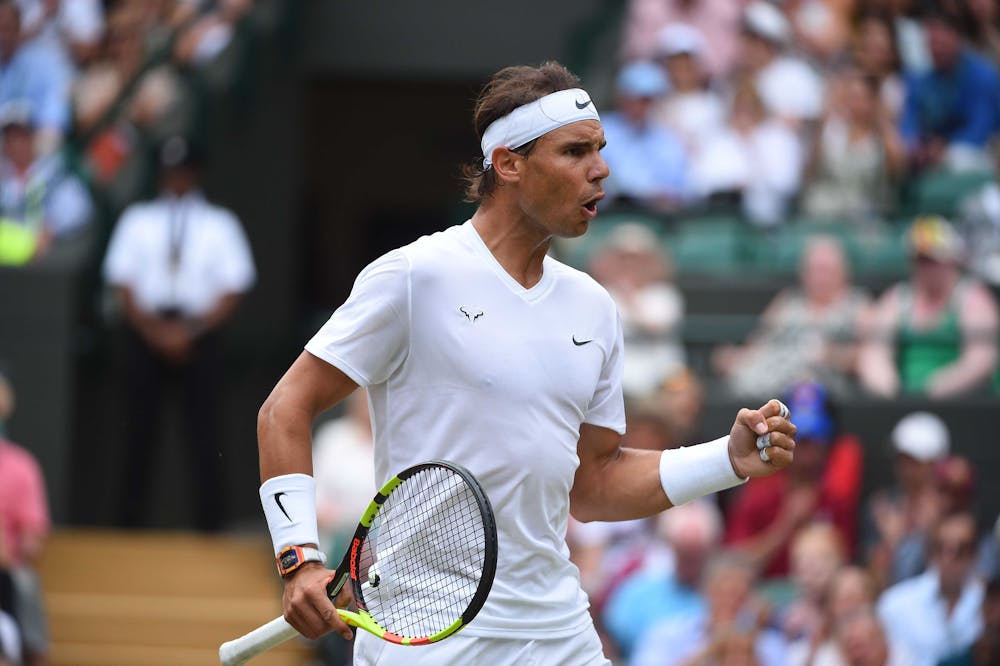
On-court as well as off-court pressures
When Djokovic went for his very first tennis lesson, a wee boy of only four, he arrived with his shorts neatly pressed, his bag neatly packed and his water bottle duly filled.
When his coach asked him what he wanted, he replied simply that he wanted to be the world No.1. Now, 28 years later, he still wants it. Yes, he is at the top of the rankings heap but he works incessantly to repel all intruders.
There have been on-court pressures (that would be Federer and Nadal and a certain Andy Murray in days gone by), off-court pressures and injuries yet Djokovic never gives up.
It is the same for Nadal and Federer. Now aged 33 and 37 respectively, they are both searching for ways to make themselves better, to make their games stronger. The search never ceases.
The Big Three and the rest of the world
Even Murray, the man with the bionic hip is the same. He is 32 and was all but retired just six months ago but hip surgery gave him the slenderest of chances that he could come back. Now he is working as hard as ever to do exactly what the doctors tell him and everything his experience has taught him to be able come back as a singles player. Why? Because he wants it. After all these years, he still wants it.
That is what separates the Big Three from the wannabes below them.
No matter that they have a combined age of 102 (greater than the combined ages of Felix Auger-Aliassime, Stefanos Tsitsipas, Sascha Zverev, Denis Shapovalov and Frances Tiafoe), they still have the ambition of a group of 18-year-olds (they want to rule the world) and the mindset of a group of seasoned paratroopers (whose motto is ‘who dares wins’).
When the young boys come knocking and asking to join the Big Three’s club, the door is invariably slammed in their faces. Until they learn to work as long and as hard as their elders, they have no chance of overtaking them.
 ROLAND-GARROS
18 May - 7 June 2026
ROLAND-GARROS
18 May - 7 June 2026

